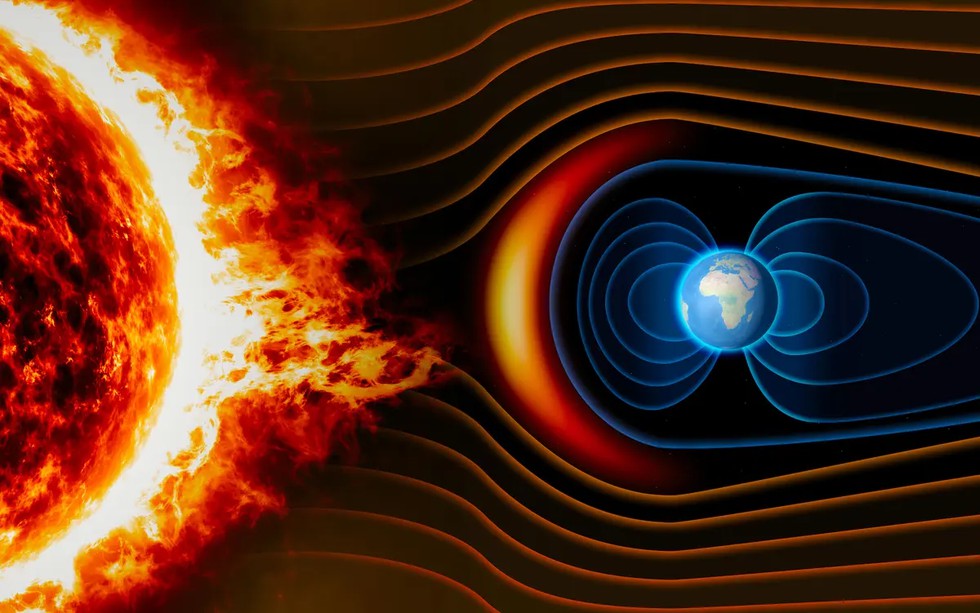Recent Research by the Indian Institute of Astrophysics (IIA):
- Methodology:
- The study focused on an active sunspot region with complex features, including multiple umbrae and a penumbra.
- Simultaneous observations were conducted using the Hydrogen-alpha (6562.8 Å) and Calcium II 8662 Å spectral lines.
- Findings:
- These observations provided insights into the magnetic field’s stratification across different heights of the solar atmosphere.
- The use of the Tunnel Telescope's unique 3-mirror Coelostat setup enabled precise tracking of the Sun and enhanced data accuracy.
Technological insights:
- Tunnel Telescope Setup: The primary mirror (M1) tracks the Sun's movement, while the secondary (M2) and tertiary mirrors (M3) direct and align the sunlight for observation.
- An achromatic doublet lens focuses the Sun's image with high precision, allowing detailed analysis.
- Limitations of traditional diagnostic probes:
- While Calcium II 8542 Å and Helium I 10830 Å lines are commonly used to infer chromospheric magnetic fields, they have limitations in their applicability across various solar features.
- The new method using Hydrogen-alpha and Calcium II 8662 Å lines offers a more comprehensive understanding of solar magnetic fields.
About Solar Magnetic Fields:
- The Sun’s magnetism is crucial in understanding its various activities and phenomena. Magnetic fields in the Sun are generated by the movement of electrically charged particles, specifically ions and electrons.
- These fields influence almost every feature observed on the Sun, including sunspots, prominences, and coronal loops.
- Layers of the Solar Atmosphere: The Sun’s atmosphere consists of multiple layers: the photosphere, chromosphere, and corona.
- The magnetic fields interlink these layers, channeling energy from the lower to the upper layers, contributing to processes like coronal heating.
- Sunspots: Sunspots are regions on the Sun’s surface where magnetic fields are extremely concentrated. These fields break through the surface, leading to cooler areas that appear darker.
- The sunspot cycle, lasting approximately 11 years, results from the recycling of these magnetic fields through the solar interior.
- Chromospheric and Coronal Magnetic Fields: Magnetic field lines loop through the Sun's atmosphere, forming complex structures in the chromosphere and
- While these magnetic structures are visible in the outer layers, the fields themselves are typically measured in the photosphere, the Sun’s innermost atmospheric layer.
- Measurement techniques: The Sun’s magnetic field is measured by observing the energy difference in light emitted by electrons as they move between orbits within an atom.
- Specialised instruments like magnetometers determine the magnetic field's strength and direction across the Sun’s surface.
